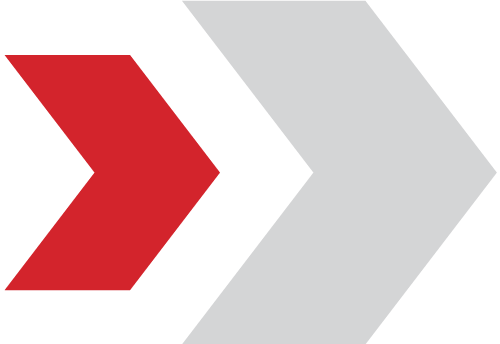Fall Arrest & Basic Rescue (with RF)
– US 229998 & 229995 –
Who should attend:
Any person working in an elevated position, using a portable or fixed structure, to gain access and perform rescues at height, for example: telecommunications, utilities (Eskom power lines), construction work and mining.
Any person working in an elevated position, using a portable or fixed structure, to gain access and perform rescues at height, for example: telecommunications, utilities (Eskom power lines), construction work and mining.
Entry Requirements:
- Original certified copy of identification document/passport (driver’s licenses are not accepted).
- Be in possession of a valid medical fitness certificate.
- Learners must have basic numeric literacy and be able to understand, read and write English (candidates with special needs can be accommodated on request).
Price per Person:
R 3 500. 00 (incl. VAT)
Refresher Course: R 2 900. 00 (incl. VAT)
COURSE DURATION:
Days: 2.5 (including pre-reading pack)

Candidates Allowed per Group:
Minimum: 8
Maximum: 12
*Please communicate preferred group sizes to the relevant bookings personnel as some clients may require smaller groups. Please be aware that smaller group sizes may affect your course price.
Course Specifics:
US229998 – Explain and perform fall arrest techniques when working at height.
NQF Level 1
Credits: 2
US229995 – Install, use and perform basic rescues from fall arrest and implement the fall protection plan.
NQF Level 2
Credits: 3
Gravity Lifeline User.
Radio Frequency Awareness.
Certificate is valid for 3 years.
Designation: Fall Arrest and Basic Rescue Technician.
COURSE CONTENT:
Theoretical Knowledge:
- Introduction to Work at height.
- Work at height definitions.
- Legislation regarding Work at height.
- Understanding on-site risk assessments.
- Appropriate equipment care and pre-use climbing inspection methods.
- Identification and use of climbing equipment.
- Limitations of climbing equipment.
- Limitations of safe anchoring points.
- Understanding the advantages of a “buddy system”.
- Basic knowledge of elevated work platforms.
- Basic knowledge of vertical and horizontal lifelines.
- Knowledge of Fallprotec Securope Lifelines.
- Understanding minimum free space areas.
- Understanding fall factors.
- Understanding the use of various fall arrest knots.
- Implement a rescue plan.
- Understanding suspension trauma.
- Understanding the “buddy rescue”.
- Understanding the risks that birds, bees and other infestations can pose on site and how to manage this.
- Understanding the risks involved with RF radiation.
- RF exclusion zones and signs.
- Safe work procedures in RF zones.
- First aid and incident reporting regarding RF related injuries.
Practical Skills:
- Assemble a basic fall arrest kit.
- Perform pre-use climbing equipment inspections.
- Rope coiling/bagging.
- Selecting safe anchoring points.
- Making and using various fall arrest knots.
- Implement the “buddy system”.
- Using a work restraint system.
- Exclusion zones/barricading.
- Using a work positioning lanyard.
- Movement using a shock absorbing lanyard.
- Movement using a retractable lanyard.
- Working on fragile rooftop surfaces.
- Install and use temporary vertical and horizontal lifelines.
- Use Gravity Vertical and Horizontal lifelines.
- Managing minimum free space.
- Managing fall factors.
- Managing suspension trauma.
- Emergency escape system – “self rescue”.
- Perform a basic fall arrest rescue and bring a casualty down to safety – “buddy rescue”.
- Tool management, lifting light materials up to 35kg using a 1:1 and a 2:1 lifts.
- Applying safe work procedures in RF zones.
IMPORTANT NOTES:
- All training will be done in accordance with local and international best practices as well as local acts and regulations. After successful completion of this course he/she will be found competent as per Occupational Health and Safety act 85 of 1993 Construction Regulations 1.
- All Fall Arrest and Basic Rescue Technicians must work under competent supervisisors per site/task requirement, ensuring a fall arrest rescue can be performed at any time as per Occupational Health and Safety Act 85 of 1993 Construction Regulations 10.2 (e).
- Gravity Training cannot be held responsible for any unsafe and unlawful acts or behaviour as it is the duty of the technician to ensure his/her own safety and the safety of others on the worksite.

